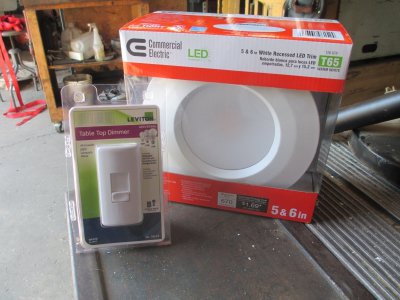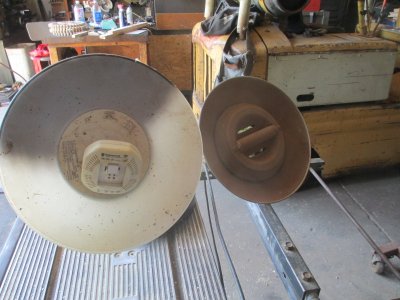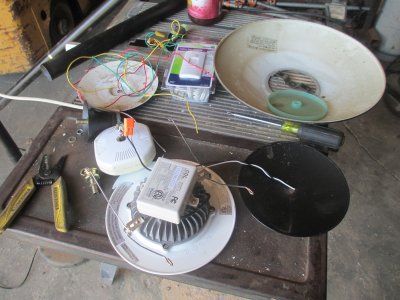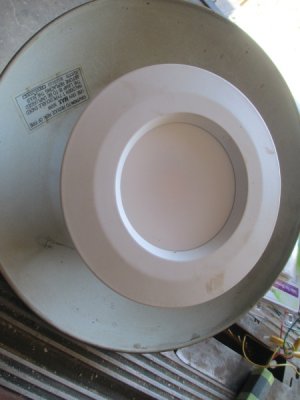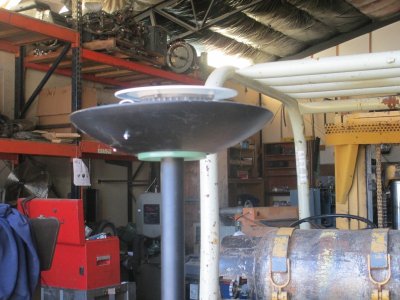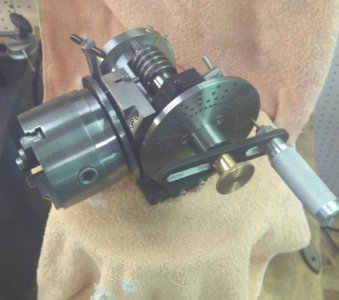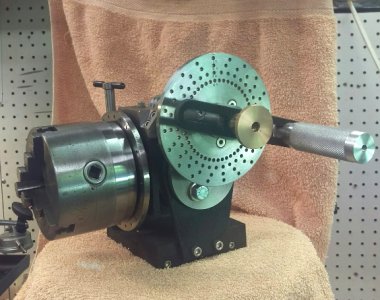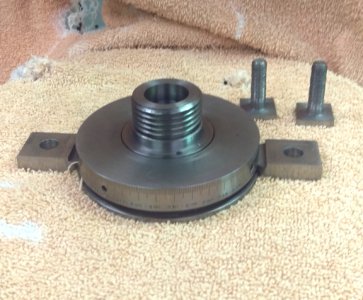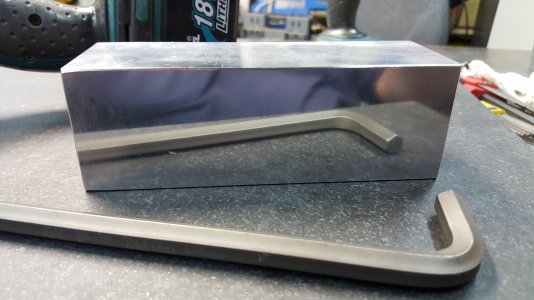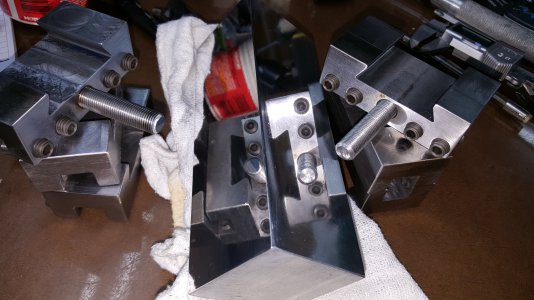- Joined
- Oct 20, 2014
- Messages
- 495
Not bad 
Brass and bronze do take some heat. I have been suspected of throwing in a handful of smallest denomination coins, to replace what zinc burns off (greenish flames), but of course I would *never* do that because it's illegal to destroy or deface copper-plated zinc discs of currency......
Be careful of lost foam casting if you have birds. The fumes made by it burning off are nasty to us humans, much, much more dangerous for birds. Since we now have chickens about 70' from the workshop, lost foam is out for me. No big loss, though. Mine rarely turned out well. Too much cleanup, voids, smoke, fire, nasty fumes, etc.
Be sure to post how it cleans up when machined! What's it for?
Brass and bronze do take some heat. I have been suspected of throwing in a handful of smallest denomination coins, to replace what zinc burns off (greenish flames), but of course I would *never* do that because it's illegal to destroy or deface copper-plated zinc discs of currency......
Be careful of lost foam casting if you have birds. The fumes made by it burning off are nasty to us humans, much, much more dangerous for birds. Since we now have chickens about 70' from the workshop, lost foam is out for me. No big loss, though. Mine rarely turned out well. Too much cleanup, voids, smoke, fire, nasty fumes, etc.
Be sure to post how it cleans up when machined! What's it for?


